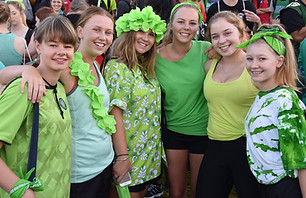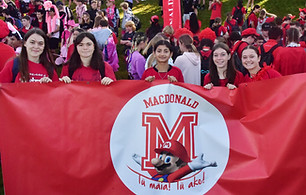House System
From the moment our students arrive, they become part of a House community that fosters belonging, continuity, and care. Throughout their school journey, they are known, encouraged, and guided by their House Deans who work closely with caregivers, teachers, and wellbeing professionals to ensure every individual feels valued, included, and well supported.
Our House System
Every student belongs to one of six houses – Bacot, Bell, Ingham, Irvine, MacDonald, and Minerva. These houses form a core part of their school identity, and provide a smaller whānau within the wider Howick College community. Two dedicated Deans oversee student progress within each house, providing pastoral care, academic oversight, and a consistent point of contact for families.
Each house is led by two Year 13 House Leaders and a House Council made up of students from all year levels. Through mentoring, service opportunities, and House events, students build pride, leadership, and meaningful connections across the school.
Tutor Groups
Within their House, students join one of approximately 14 tutor groups led by a tutor teacher who stays with them from Year 9 through to Year 13. These groups meet daily, helping to develop strong relationships and offering ongoing academic and pastoral support, along with a sense of continuity and connection.
Our Houses
Each House carries a unique identity and sense of legacy, reflecting the history of our local area and the spirit of our school. Students wear their house colours with pride and contribute to a culture of connection, friendly competition, and shared purpose.





